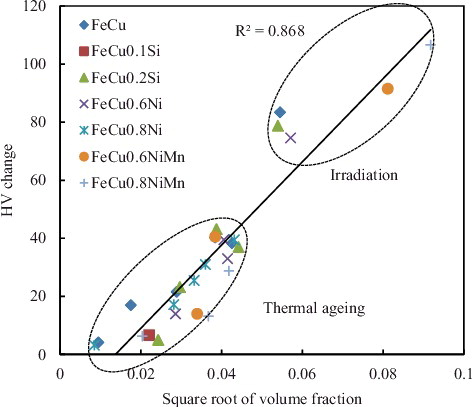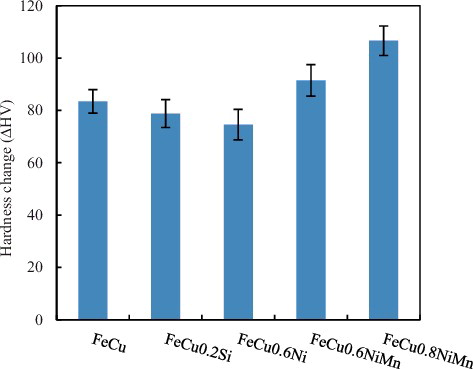Figures & data
Figure 3. The cluster size distribution in the neutron-irradiated model alloys. Cluster number density (Nd) and hardness increase (△Hv) of these model alloys are also listed. The neutron fluence is 5.4 × 1018 n/cm2 (E > 1 MeV).
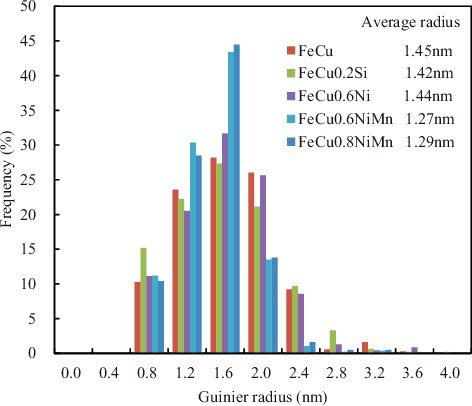
Figure 4. (a) Average cluster volume fraction and (b) average cluster number density in the neutron-irradiated model alloys.
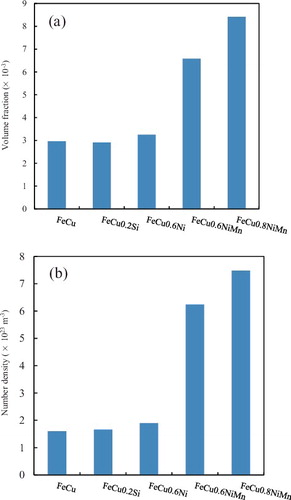
Table 1. The chemical composition (wt%) of RPV model alloys used in this study.
Table 2. Summary of APT results for neutron-irradiated alloys (average cluster volume fraction (Vf), average cluster number density (Nd)). The fluence was 5.4 × 1018 n/cm2 (E > 1 MeV) and irradiation temperature was 290° C.
Figure 5. The enrichment factors of solute atoms Cu, Ni, Mn, and Si in clusters formed in the model alloys irradiated with neutrons.
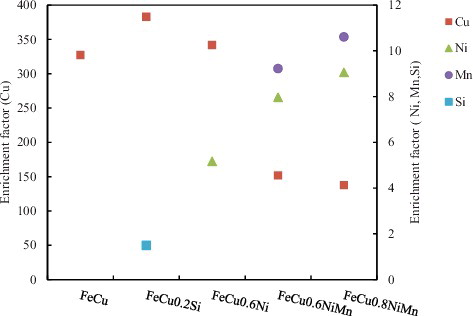
Table 3. Summary of APT results for thermally aged alloys (average cluster volume fraction (Vf), average cluster number density (Nd)). The thermal ageing temperature was 450 °C.
Figure 6. Cluster size distribution in (a) alloy FeCu0.8NiMn aged for 62 h (almost peak hardening) and irradiated with neutrons; (b) alloy FeCu0.8Ni aged for 215 h (peak hardening) and in the alloy FeCu0.6Ni irradiated with neutrons; (c) alloy FeCu aged for 200 h (peak hardening) and irradiated with neutrons. Thermal ageing temperature was 450 °C. The neutron irradiation was to a fluence of 5.4 × 1018 n/cm2 (E > 1 MeV) at 290 °C. Cluster size distributions were similar in the two conditions, although the absolute value of cluster number density (Nd) was much higher in neutron irradiation than that in thermal ageing.
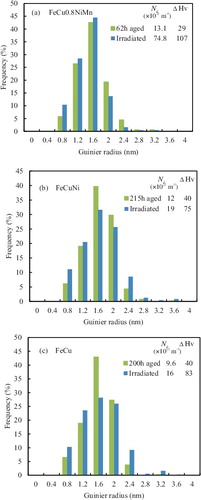
Figure 7. Plot of hardness increase versus the square root of cluster volume fraction (R2 is the correlation coefficient). APT measurements for thermal-aged samples were performed at the initial, medial, and peak stages of hardening. The measurement and analysis parameters of APT were the same for both thermal-aged and irradiated specimens.
